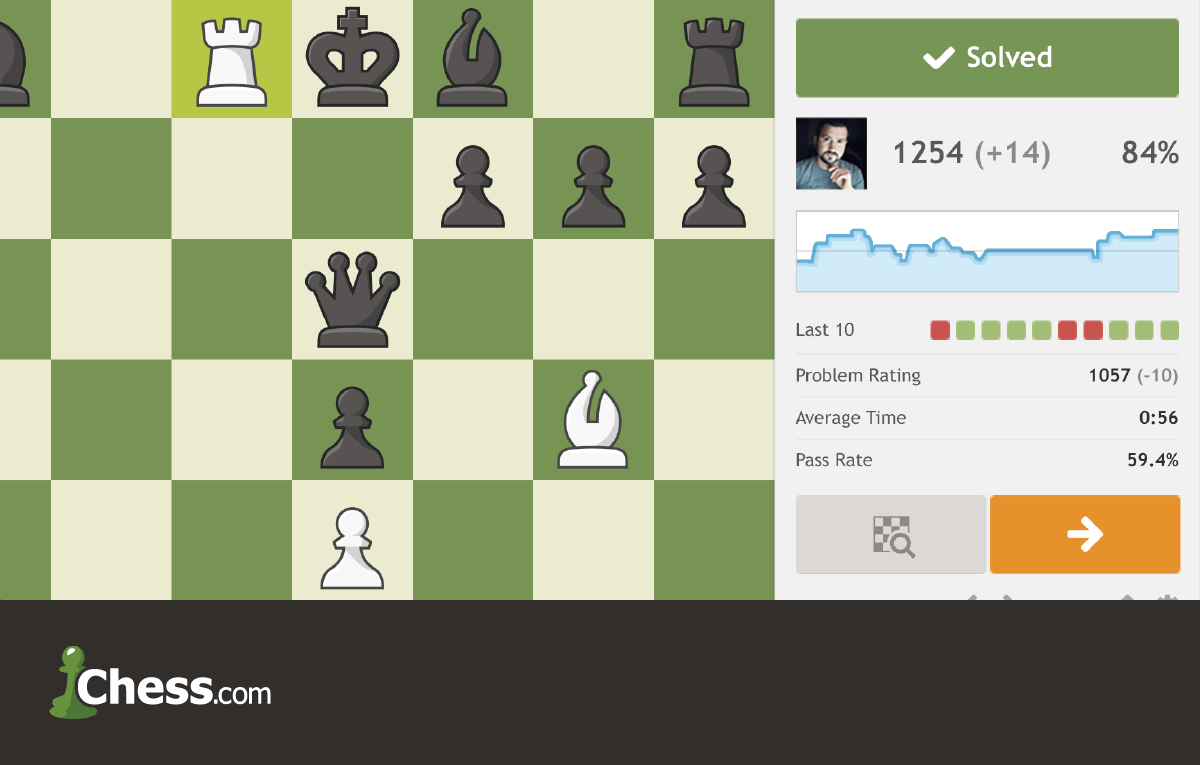

The natural advice would be to keep a balance between looking for your and your opponent's resources, but this is only part of it. "Believe in yourself" would help to stay away from situation number one, but it faces you with the risk of falling into the second category, one while "Be circumspect, double and triple check" might achieve exactly the opposite. This could result in seeing ghosts and convince yourself that "it does not work".Ģ) you lose objectivity and wish from all your heart that the line worked for you, failing to notice the opponent's defensive resources.Īs we see, these are two opposite cases and there is no simple advice to avoid them. There are two typical psychological mistakes when calculating a long branchless line:ġ) you know it could be good but do not have the courage to go for it and then you start looking for the opponent's defenses too obstinately. In this section, I provide 4 extensively annotated games which illustrate the typical methods of calculating long variations. This would make one more confident when starting the combination, as an initial miscalculation would remain unpunished if noticed while the game advances. It is always useful to have some safety nets on the way, such as the possibility of delivering a perpetual check or retrieving the sacrificed material with approximate equality. There are positions where analyzing everything is possible only in correspondence chess or during the home preparation. Or else, the calculation may prove uneasy if the main line implies quiet moves (without check or piece capture).ĭepending on the complexity degree of the calculating tree, the intuition should also be involved. Things are of course by far more difficult if the opponent has choices, be it in the beginning, at a later stage, or all over the combination, even if the main thematic line lasts for only, say, four moves. There is certain fascination provoked by long combinations but if there are no major alternatives to the main line a strong player should have no problems calculating ten or more moves ahead. The difficulties implied by the calculating process can be of different nature.


 0 kommentar(er)
0 kommentar(er)
